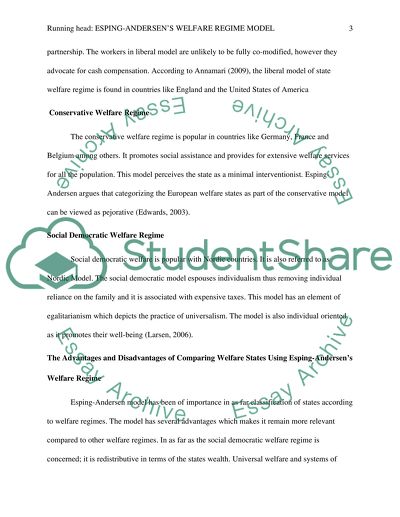Cite this document
(“Esping-Andersens Welfare Regime Model Essay Example | Topics and Well Written Essays - 1250 words”, n.d.)
Retrieved from https://studentshare.org/politics/1411135-esping-andersens-welfare-regime-model
Retrieved from https://studentshare.org/politics/1411135-esping-andersens-welfare-regime-model
(Esping-Andersens Welfare Regime Model Essay Example | Topics and Well Written Essays - 1250 Words)
https://studentshare.org/politics/1411135-esping-andersens-welfare-regime-model.
https://studentshare.org/politics/1411135-esping-andersens-welfare-regime-model.
“Esping-Andersens Welfare Regime Model Essay Example | Topics and Well Written Essays - 1250 Words”, n.d. https://studentshare.org/politics/1411135-esping-andersens-welfare-regime-model.


